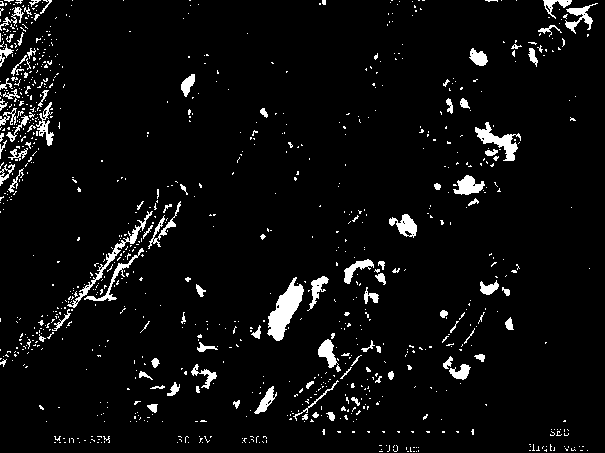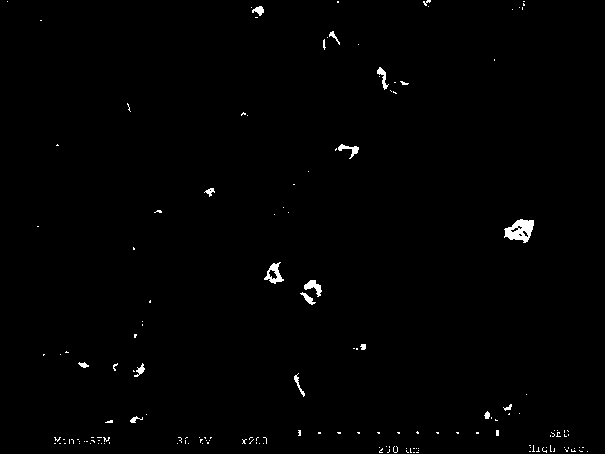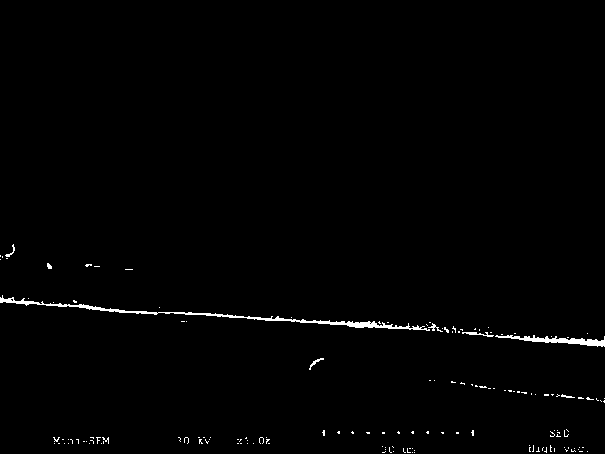Preparation method of jute fiber reinforced polylactic acid composite material
A composite material and jute fiber technology, which is applied in the field of composite material manufacturing, can solve the problems of poor cross-section hydrophobicity, etc., and achieve the effect of strong bonding force, remarkable reinforcement effect, stable and easy control of process parameters
- Summary
- Abstract
- Description
- Claims
- Application Information
AI Technical Summary
Problems solved by technology
Method used
Image
Examples
Embodiment Construction
[0051] A kind of preparation method of jute fiber reinforced polylactic acid composite material of the present invention is characterized in that, comprises the following steps:
[0052] (1) Fiber crushing:
[0053]The bunched jute fibers are pulverized by a pulverizer. The effects of pulverization in different steps on fiber hygroscopicity and compatibility with PLA interface are shown in Table 1 and Figure 1-2 shown.
[0054] Table 1. The effect of different treatment methods on the hygroscopicity of fibers.
[0055]
[0056] As shown in Table 1: the hygroscopicity of the fiber treated by method 2 is significantly lower than that of the fiber treated by method 1. This is because the silica sol modification mainly occurs on the surface of the fiber, and after modification, the ends of the pulverized fiber still do not have hydrophobicity.
[0057] like figure 1 ‐2, to detect the impact of pulverization on the interfacial compatibility between fiber and PLA, figure 1...
PUM
| Property | Measurement | Unit |
|---|---|---|
| particle diameter | aaaaa | aaaaa |
Abstract
Description
Claims
Application Information
 Login to View More
Login to View More - R&D
- Intellectual Property
- Life Sciences
- Materials
- Tech Scout
- Unparalleled Data Quality
- Higher Quality Content
- 60% Fewer Hallucinations
Browse by: Latest US Patents, China's latest patents, Technical Efficacy Thesaurus, Application Domain, Technology Topic, Popular Technical Reports.
© 2025 PatSnap. All rights reserved.Legal|Privacy policy|Modern Slavery Act Transparency Statement|Sitemap|About US| Contact US: help@patsnap.com



